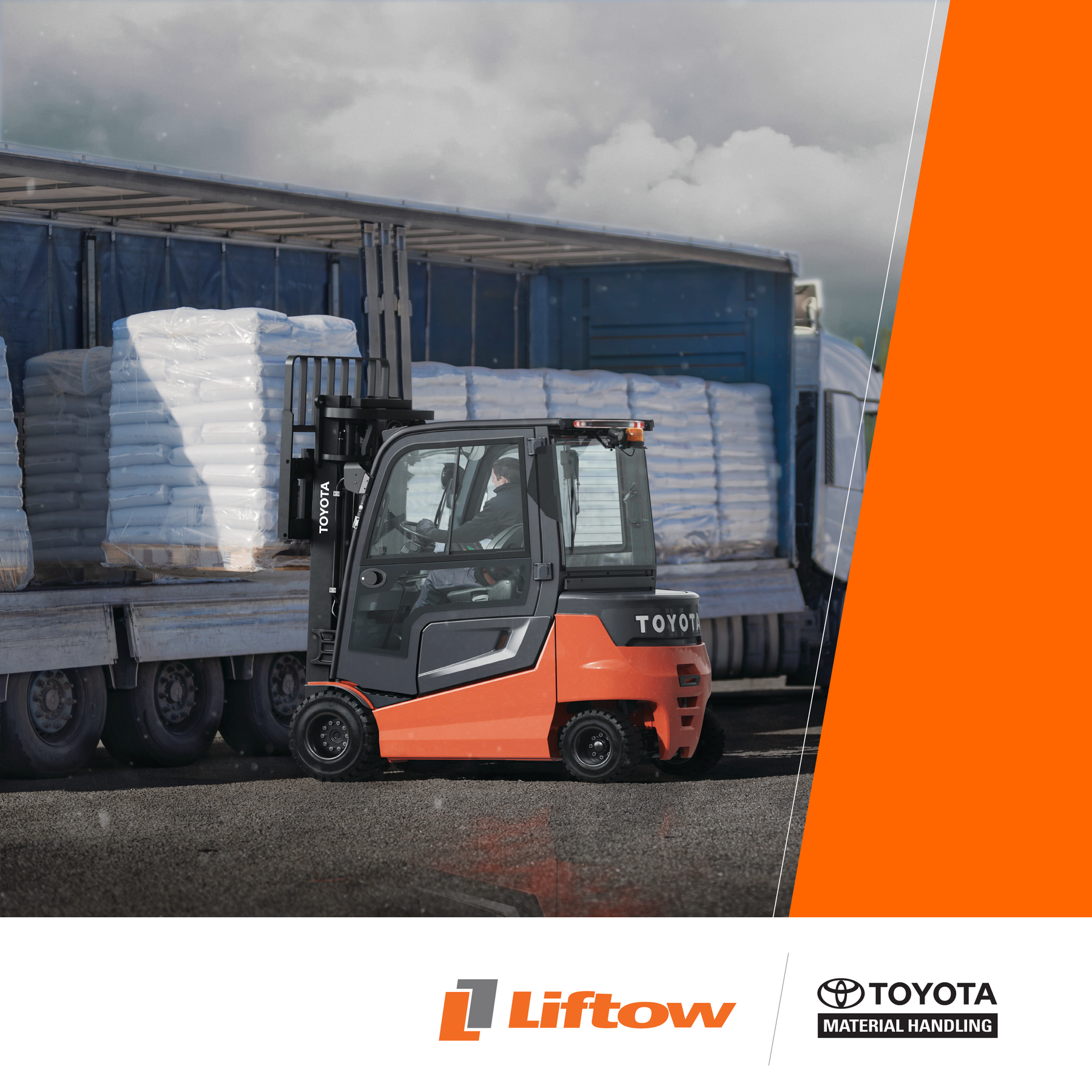
Forklift Operation... Outdoors? >> Consider this.
Some materials handling operations take place entirely indoors under a sturdy roof, and in workplaces that fit this model, operators use forklifts to transport items and pallets from covered loading docks, to storage areas, to retail floors, to work sites, and back again. But if your operation involves transitions from indoor to outdoor forklift use, you’ll have to factor in some operator challenges that indoor workplaces don’t entail. Here are a few guidelines to keep in mind during training sessions if your employees will be using, storing or maintaining forklifts in outdoor conditions.
Weather and temperature are a management responsibility.
If your lift operators will be exposed to cold weather, you’ll need to provide gloves, coats and winter gear. You can mandate that employees provide their own gear if you choose, but their exposure will be your responsibility. Consider investing in trucks with covered and heated cabins to protect their safety and your own liability in the face of anything from frostbite to accidents caused by delayed reaction times. The same rule applies to heat. If your operators will be working unprotected in hot weather, related injuries and illnesses will be on you.
Monitor transitions.
Thresholds between indoor and outdoor areas are notorious hot spots for accidents and injury. Keep an eye on sudden changes in lighting and visibility (bright to dark and vice versa), sudden changes in floor condition (wet to dry and vice versa), and sudden changes in surface integrity (concrete or tile to gravel or earth). Train employees to navigate these changes and make sure they take this training to heart.
Monitor slopes and gaps.
Thresholds sometimes bring transitions in grade; for example, ramps or slopes. Make sure your operators have been trained to handle speed control, braking and carrying heavy loads on uneven surfaces. Provide safety and emergency training as well so your operators will know how to react in the event of a slide or pending tipover.
Traffic shifts.
Entering and leaving buildings or covered areas may also mean sudden changes in traffic and obstacles. For example, some materials handling employees move back and forth between areas that are accessible to employees only and areas that are open to the public. Moving from one area to another may require a corresponding shift in situational awareness, speed and use of signals.
Maintenance requirements.
If you have a policy or safety rule regarding indoor or outdoor storage—of your lift trucks, batteries or propane tanks—be sure to conduct formal training so your employees understand your expectations. Outdoor storage may require special attention to battery life, rust and oxidation, and salt exposure. Indoor storage may require special attention to fire prevention.

